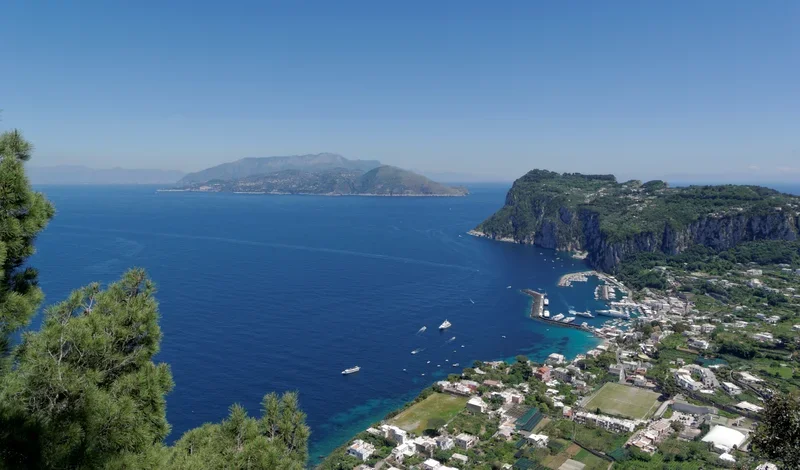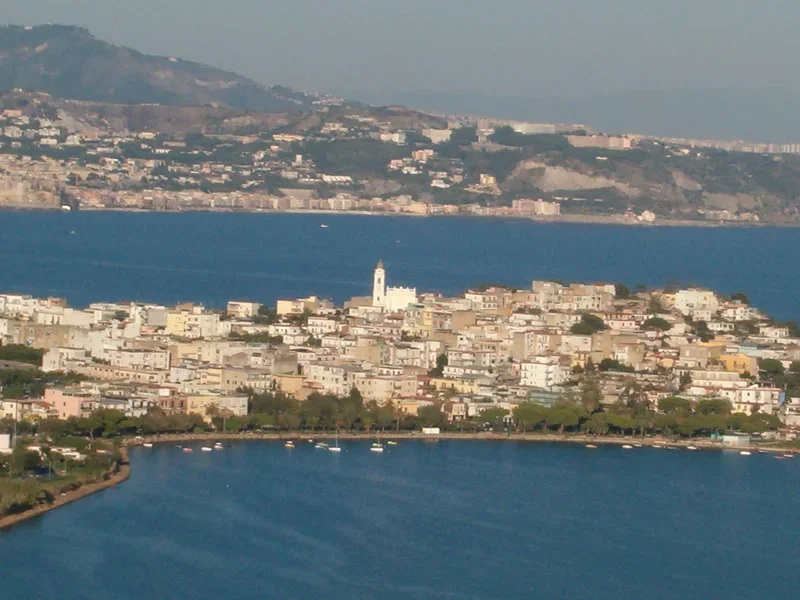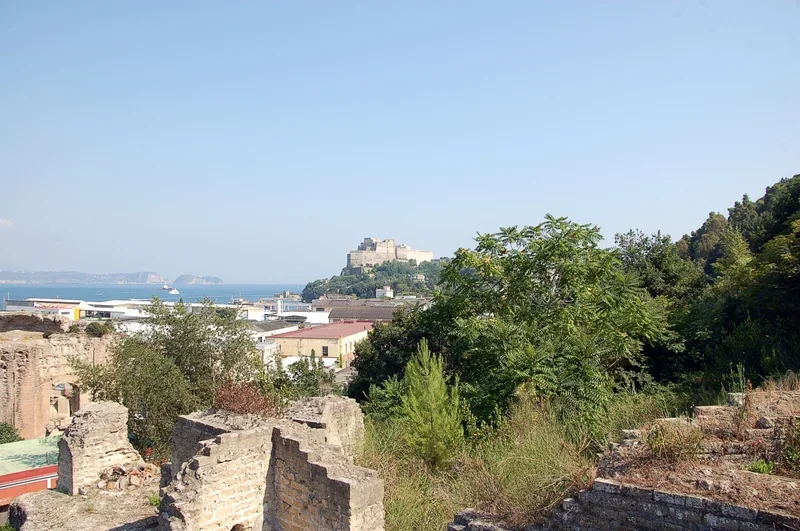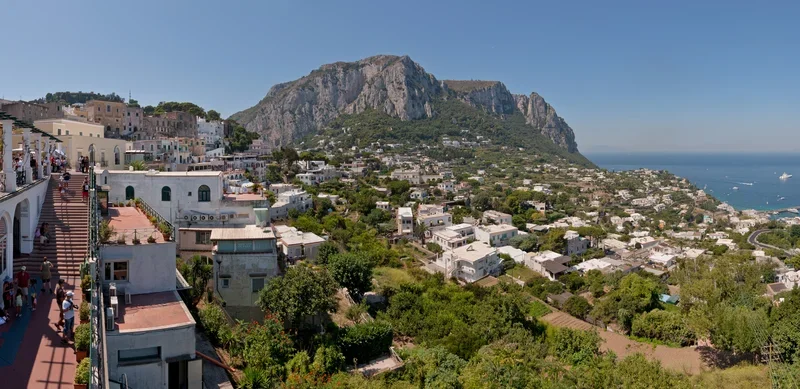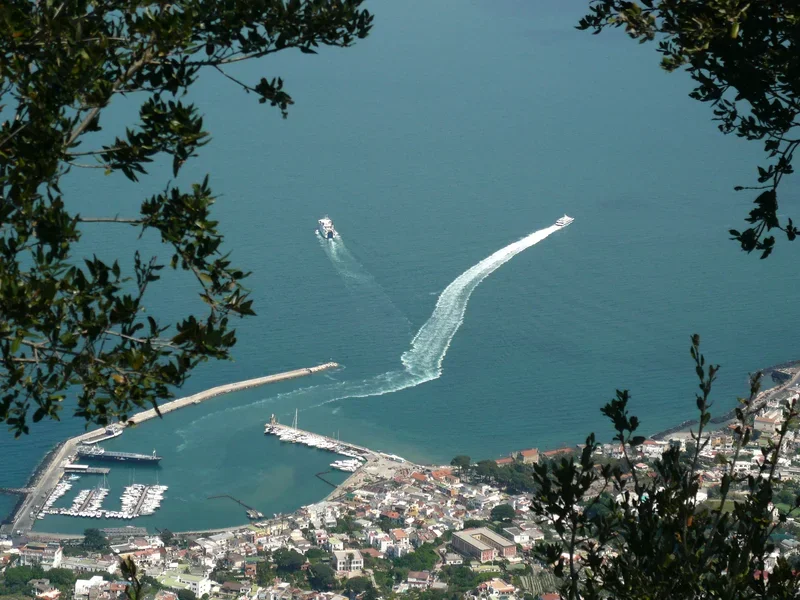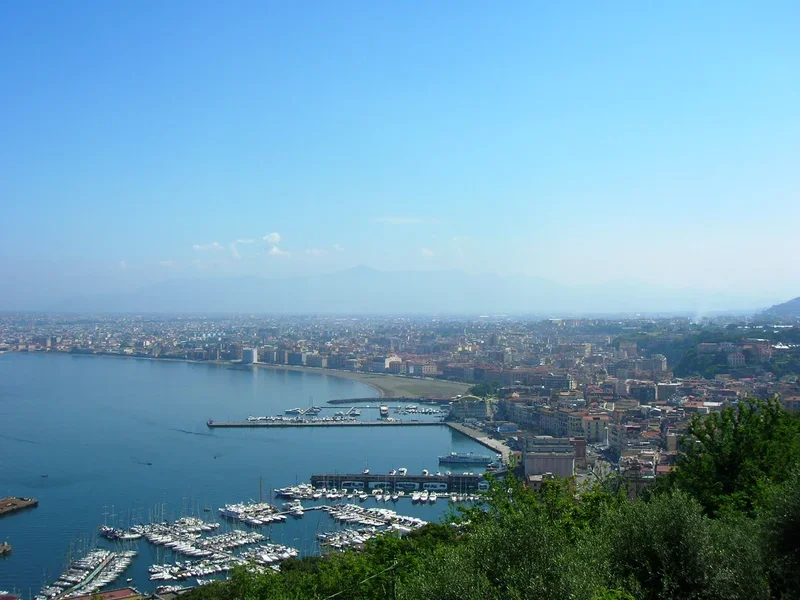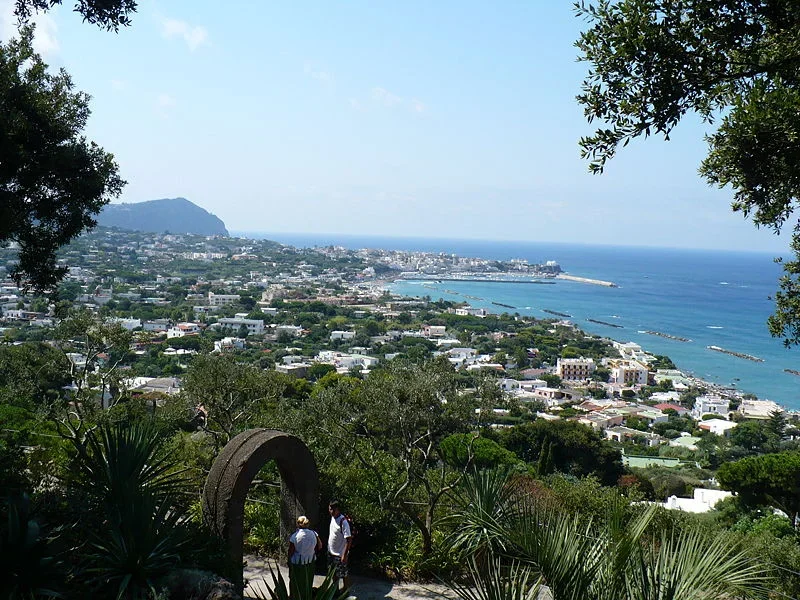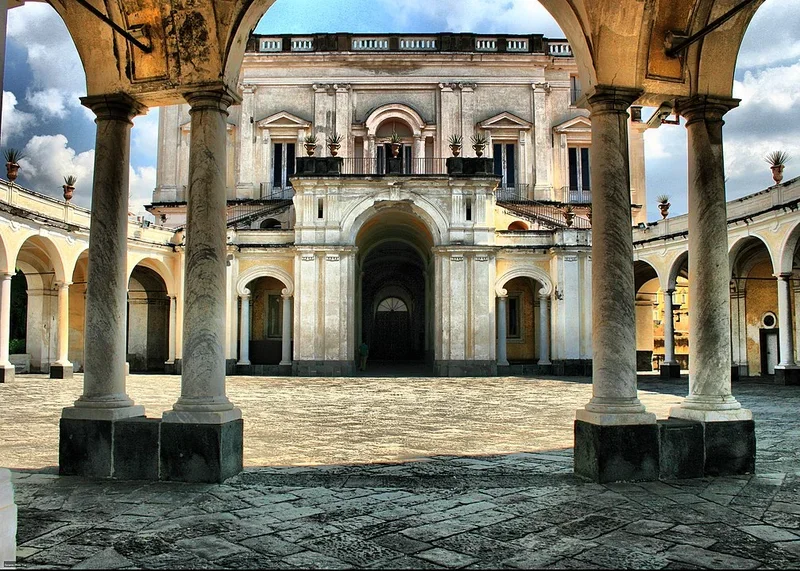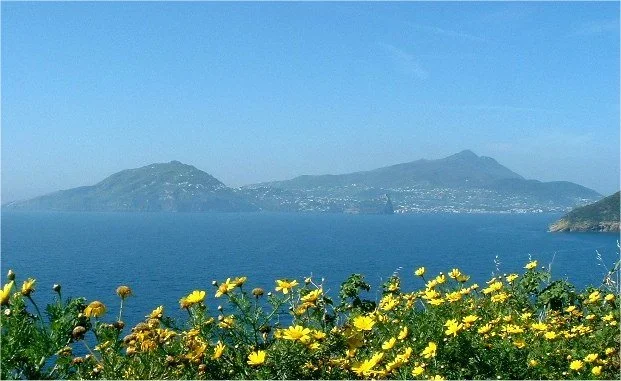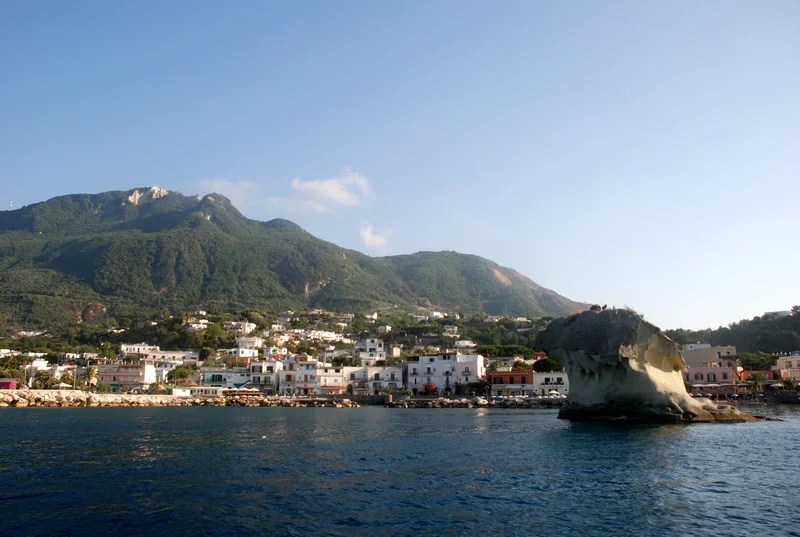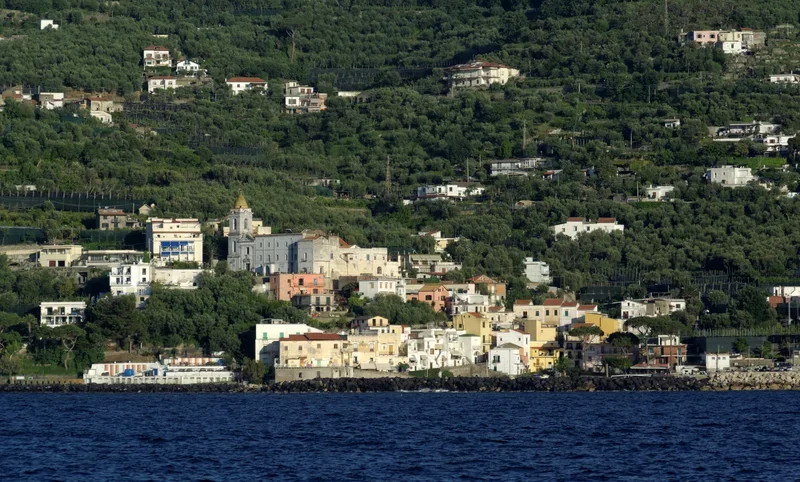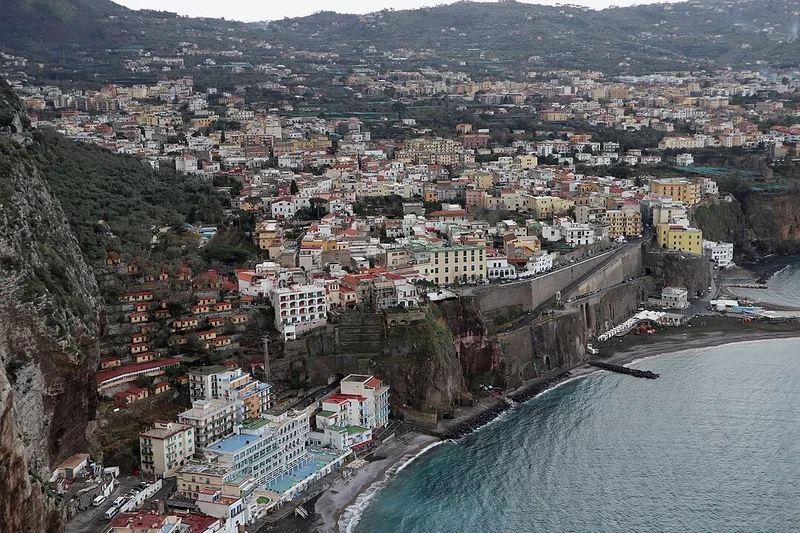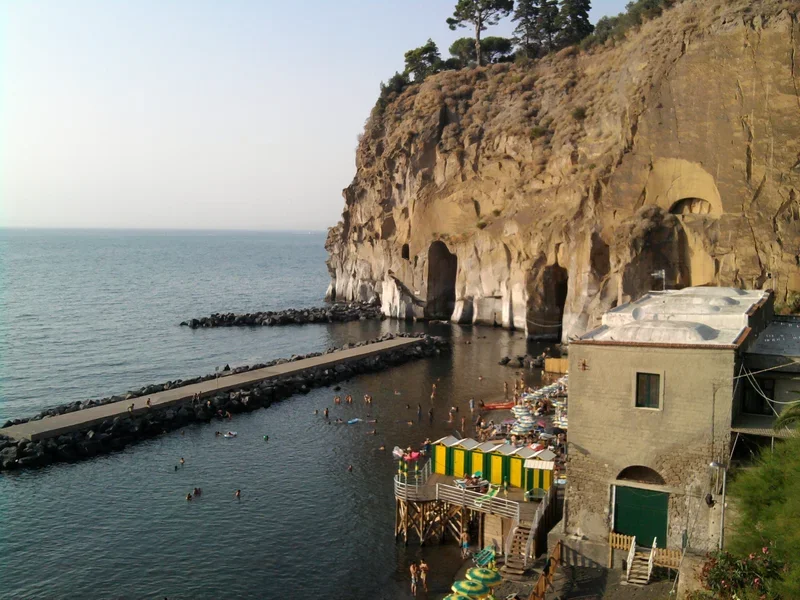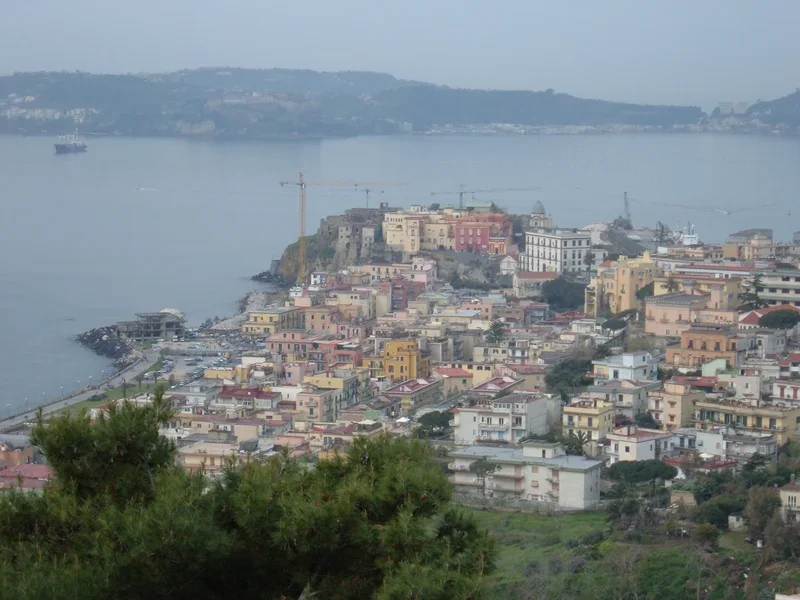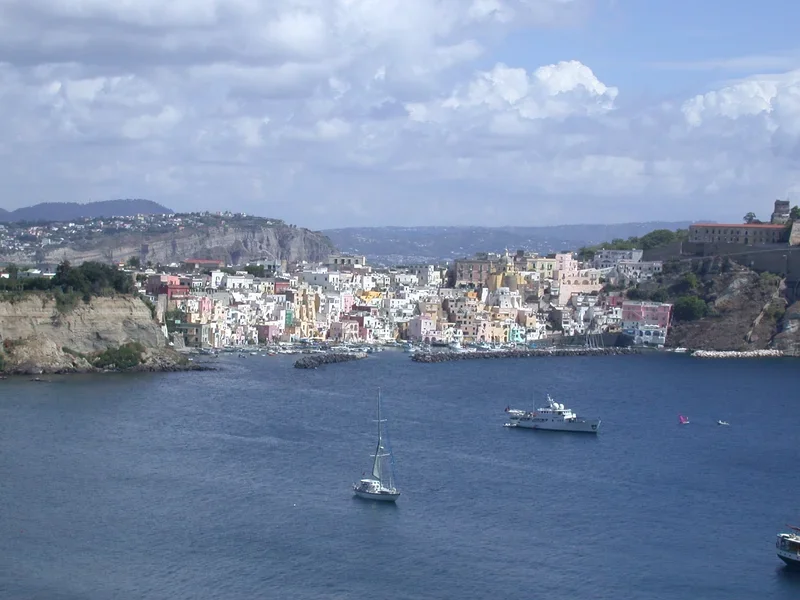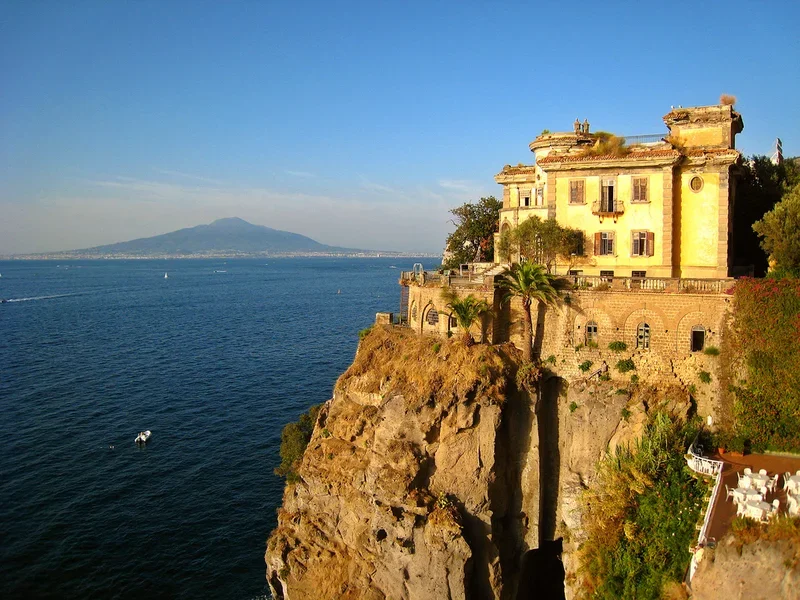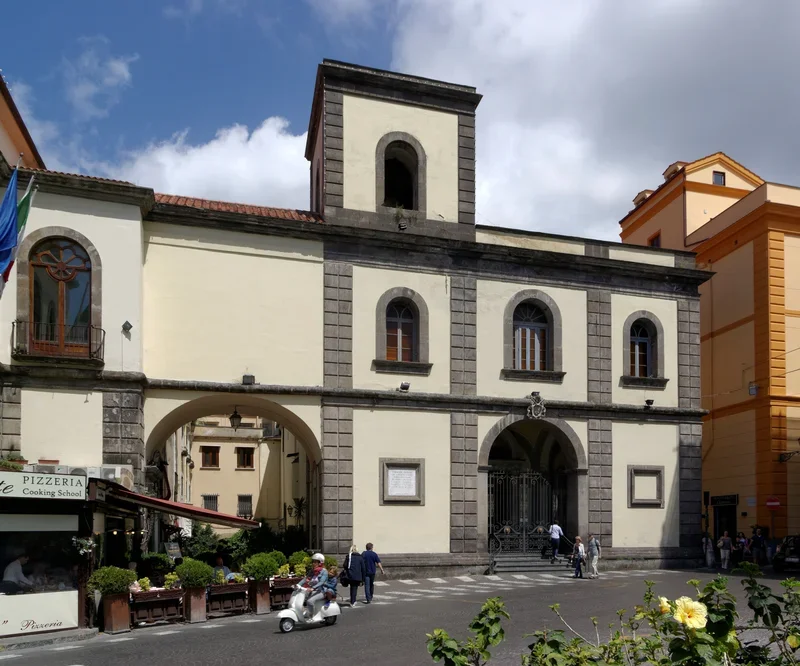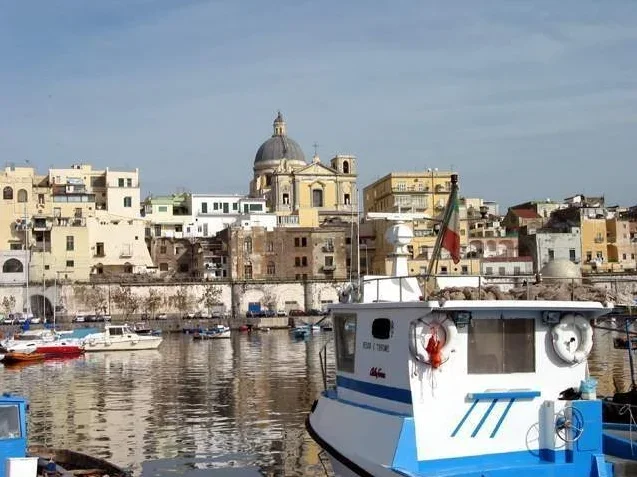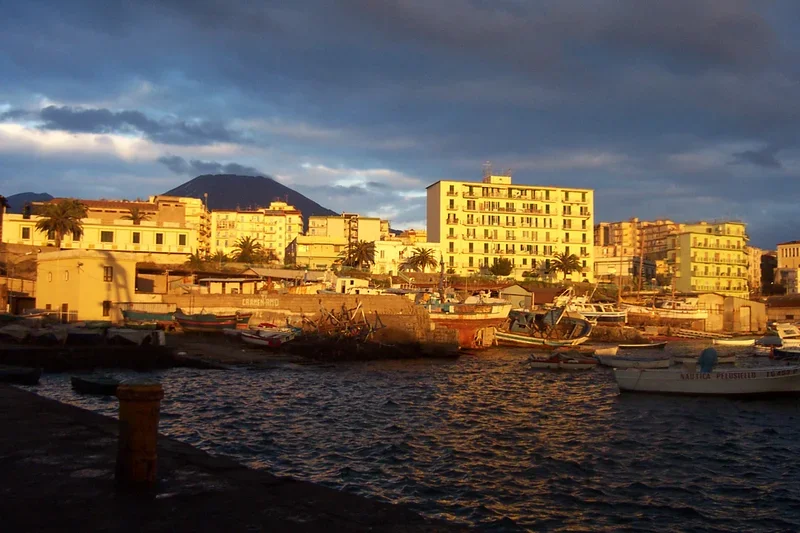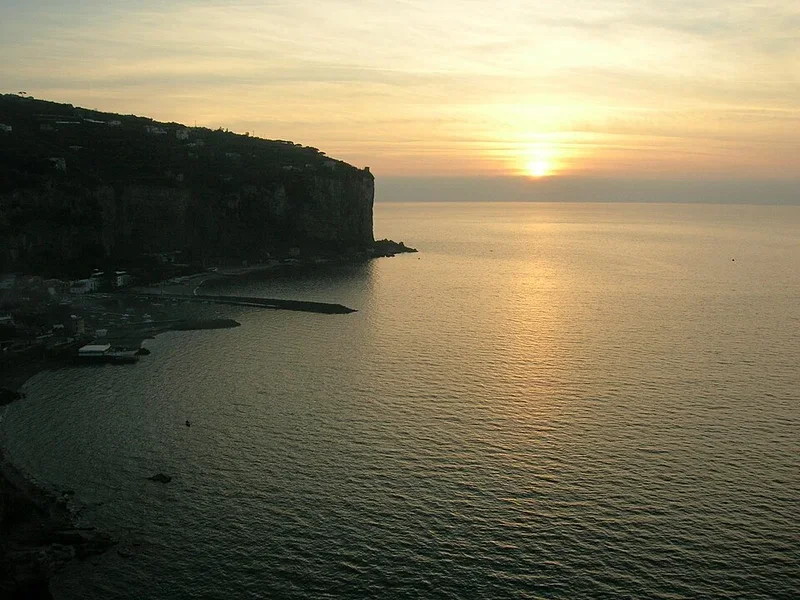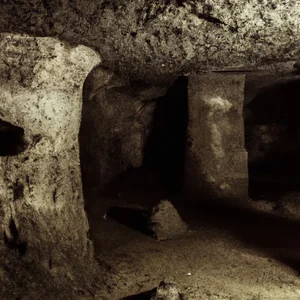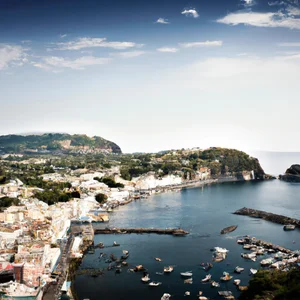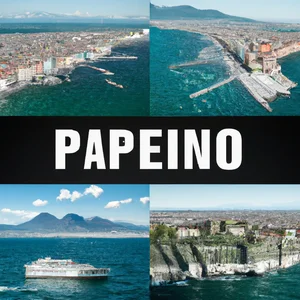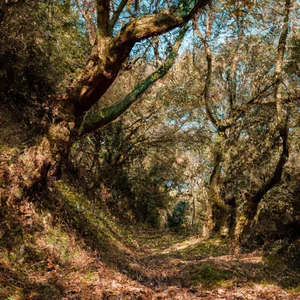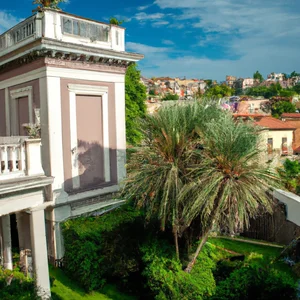Book your experience
Green in the heart of Naples: Five areas to explore for sustainable tourism
Naples, one of the liveliest and most fascinating cities in Italy, is famous for its history, its culture and its gastronomy. However, amidst the urban hustle and bustle of everyday life, there is a surprising natural heritage that is just waiting to be discovered. As awareness of the importance of sustainable tourism increases, more and more visitors are realizing the value of exploring nature responsibly and respectfully. In this context, Naples offers several green areas that not only enrich the tourist experience, but also contribute to the preservation of the environment.
In this article, we will dive into five unmissable green areas that represent the green heart of the city. These places are not only havens of tranquility and beauty, but also vital spaces that promote biodiversity and provide opportunities for outdoor activities, such as walking, picnicking and birdwatching. From the splendid Virgiliano Park, with its panoramic views of the Gulf of Naples, to the Botanical Garden, which houses a variety of plant species from all over the world, each area has its own uniqueness and charm.
We will also talk about the Capodimonte Forest, where history is intertwined with nature, and the Camaldoli Park, an ideal place for an escape from city life. We will not forget the Villa Comunale and the Submerged Park of Gaiola, which offer unique experiences in contact with water and marine fauna. Finally, we will explore the Astroni Nature Reserve and the Quartieri Spagnoli Park, two examples of how nature can coexist with urban life.
These green areas not only enrich the Neapolitan panorama, but are also an invitation to reflect on sustainability and promote tourism that respects our planet. Discover with us these green gems in the heart of Naples and be inspired to live an authentic and sustainable experience.
Parco Virgiliano
Description
The Virgiliano Park is one of the most evocative and panoramic places in Naples. Located on the Posillipo hill, it offers breathtaking views of the city, the Gulf of Naples and the surrounding islands. The park takes its name from the Latin poet Virgil, who found inspiration for his works here.
History
The Virgiliano Park was inaugurated in 1931 and since then it has become a meeting place for Neapolitans and tourists looking for relaxation and natural beauty. The park extends over an area of approximately 28 hectares and offers large meadows, woods, panoramic paths and areas equipped for picnics and games for children.
What to see
Inside the Virgiliano Park it is possible to admire the Seiano Cave, an ancient Roman tunnel that connected the Posillipo hill with the sea. Furthermore, the park hosts a series of modern art installations that integrate perfectly with the surrounding natural landscape.
The Virgiliano Park is the ideal place to take a walk in the open air, play outdoor sports or simply enjoy the view. During sunny days it is possible to see as far as the islands of Ischia and Capri, creating a unique and unforgettable scenario.
In short, the Virgiliano Park is an unmissable stop for those who visit Naples and want to discover an oasis of tranquility and beauty in the heart of the city.
Botanical Garden of Naples
Description
The Botanical Garden of Naples is one of the oldest and most prestigious botanical gardens in Italy. Founded in 1807, it is located in the heart of the city of Naples, near the Capodimonte Museum. The Botanical Garden occupies an area of approximately two hectares and hosts a large variety of plants from all over the world.
History
The Botanical Garden of Naples was created for scientific and educational purposes, with the aim of studying and conserving plant species. Over the years, the garden has been enriched with new plants from botanical expeditions around the world, becoming a precious resource for scientific research and the conservation of biodiversity.
Features
The botanical garden is divided into different thematic sections, including the tropical greenhouse, the succulent plants greenhouse and the medicinal plants section. Here it is possible to admire a vast range of rare and exotic plants, many of which are in danger of extinction.
One of the main attractions of the Botanical Garden is the Historic Garden, a green area where you can admire centuries-old trees and baroque fountains. Furthermore, the garden hosts an arboretum, a rose garden and a collection of palm trees, which contribute to creating a unique and evocative atmosphere.
Visit
The Botanical Garden of Naples is open to the public every day, except Tuesdays. You can visit the botanical garden on your own or take part in guided tours organized by industry experts. During the year, events, exhibitions and educational workshops are also organized for the whole family.
For lovers of nature and botany, a visit to the Botanical Gardens of Naples is an unforgettable experience, which allows you to immerse yourself in an oasis of greenery and tranquility in the heart of the lively Neapolitan city.
Bosco di Capodimonte
The Capodimonte Forest is one of the green lungs of Naples, located within the Capodimonte Park. This centuries-old forest extends over an area of approximately 134 hectares and represents an oasis of peace and tranquility in the heart of the city. Here it is possible to take long walks immersed in nature, far from urban chaos.
Inside the Capodimonte Forest there are numerous paths that wind through centuries-old trees, green meadows and artificial lakes. It is the ideal place for picnics, outdoor sports or simply relaxing in the shade of the trees. Furthermore, the forest is populated by a variety of animal species, making the experience even more evocative for nature lovers.
The Capodimonte Forest represents an important naturalistic resource for the city of Naples, contributing to the protection of biodiversity and offering inhabitants and visitors an opportunity to unplug and regenerate in a healthy and regenerating environment.
Camaldoli Park
Description
The Camaldoli Park is one of the green lungs of Naples, located in the hilly area of the city. This splendid park offers visitors the opportunity to immerse themselves in nature and enjoy breathtaking views of the Bay of Naples and Vesuvius.
Attractions
Within the Camaldoli Park it is possible to take long walks among panoramic paths, well-kept green areas and centuries-old plants. Among the main attractions of the park there are also a viewpoint from which to admire the Gulf of Naples, a play area for the little ones and a picnic area to enjoy an outdoor lunch.
The park is also home to cultural and sporting events, such as open-air concerts, art exhibitions and fitness activities.
History
The Camaldoli Park has a long history that dates back to the period of the Camaldolese monks who built a convent there in the 16th century. After the abandonment of the convent, the park was transformed into a nature reserve in the 19th century and subsequently opened to the public as a city park.
Currently the Camaldoli Park is managed by the Municipality of Naples which is committed to preserving its beauty and biodiversity.
How to reach Camaldoli Park
The Camaldoli Park is easily reachable by public transport, in particular by the bus which stops right at the entrance to the park. Alternatively, it is also possible to reach the park by car, taking advantage of the available parking.
A visit to the Camaldoli Park is ideal for those looking for a moment of relaxation surrounded by nature, away from the chaos of the city.
Parco della Floridiana
Description
The Floridiana Park is one of the most beautiful and evocative parks in Naples. Located on the Posillipo hill, it offers breathtaking views of the city and the Gulf of Naples. Created in the 19th century by King Ferdinand IV of Bourbon as a private garden for Queen Maria Carolina of Austria, the park extends for approximately 8 hectares and is home to a great variety of centuries-old plants and trees.
What to see
Inside the Floridiana Park it is possible to admire splendid fountains, statues, tree-lined avenues and flower beds. Among the main attractions of the park is the Villa Floridiana, an elegant neoclassical building which houses the Duca di Martina Museum, with a rich collection of art objects and furnishings from the Bourbon residences.
The park is also home to cultural and artistic events, such as concerts, exhibitions and theatrical performances, which enliven the atmosphere of the park throughout the year.
Activities
The Floridiana Park is the ideal place to relax surrounded by nature, take a walk along the paths or organize a picnic with family or friends. It is also possible to practice sporting activities such as jogging, yoga or simply enjoy the view sitting on a bench.
The park is very popular with Neapolitans, especially at weekends, and is an oasis of tranquility and beauty in the heart of the city.
Villa Comunale
General information
The Villa Comunale of Naples is one of the oldest and most beautiful parks in the city. It extends along the seafront of Naples and offers breathtaking views of the Gulf of Naples and Vesuvius. The villa was inaugurated in 1781 and since then it has become a meeting place for Neapolitans and tourists.
What to see
Inside the Villa Comunale it is possible to admire a great variety of centuries-old plants and trees, including palms, pines and magnolias. Among the main attractions of the villa are the Palapartenope Theatre, an elegant open-air theater that hosts theatrical performances, concerts and cultural events, and the Palazzina Reale, a historic building that hosts temporary exhibitions and cultural events.
The villa is also home to numerous cultural events and events, including art exhibitions, concerts and theatrical performances. During the summer, the villa becomes an ideal place to take a walk or relax in the shade of the trees, away from the chaos of the city.
How to get there
The Villa Comunale is located in the heart of Naples, a few steps from the historic center and the seafront. It is easily accessible by public transport, including buses and the metro. Furthermore, it is possible to reach the villa on foot or by bicycle along the seafront, enjoying a pleasant walk overlooking the sea.
Gaiola Underwater Park
Description
The Gaiola Submerged Park is a wonderful protected marine area located in the Posillipo bay, in Naples. This natural park is characterized by rich marine biodiversity and crystal clear waters which make it an ideal place for lovers of the sea and diving.
Attractions
The main attractions of the Gaiola Submerged Park include the presence of ancient submerged ruins, such as the Roman villas of Pausilypon and Protiro. These archaeological remains offer a unique spectacle to visitors who wish to explore the underwater history of Naples.
In addition, the park is also renowned for its marine fauna, which includes rare species of fish, molluscs and algae. Snorkelling and diving enthusiasts can enjoy an unforgettable experience in the clear waters of the Gaiola Underwater Park.
Conservation
The Gaiola Underwater Park is subject to strict conservation measures to preserve its natural beauty and biodiversity. It is important to respect the park rules and not damage the marine environment during your visit.
Strong>Infrastructure
There are no tourist or service facilities in the Gaiola Underwater Park, so it is advisable to bring with you everything you need to spend a day in this natural paradise. It is possible to access the park via private boats or in some cases even by swimming.
Astroni Nature Reserve
Description
The Astroni Nature Reserve is a naturalistic oasis located in Naples, in the Agnano district. It covers an area of approximately 247 hectares and represents one of the green lungs of the city, an ideal place for nature lovers and for those who want to spend time in the open air.
Features
The reserve is characterized by a great variety of natural environments, including lakes, woods, sand dunes and wetlands. This diversity of habitats means that the Astroni Reserve is inhabited by numerous animals, including migratory birds, amphibians, reptiles and mammals.
One of the most interesting points of the reserve is Lake Grande, a brackish water basin surrounded by reeds and lake vegetation. Here it is possible to observe different species of birds, such as herons, coots and mallards.
Activities
The Astroni Nature Reserve offers numerous opportunities for those who want to spend a day in the open air. You can go hiking or cycling along the well-marked paths, observe the local flora and fauna, take part in guided tours or simply relax immersed in nature.
The reserve is also an ideal place for birdwatching lovers, thanks to the presence of numerous bird species that populate its humid environments.
Practical information
The Astroni Nature Reserve is open to the public every day, except Tuesday. Entrance is free and parking is available for those arriving by car. It is advisable to wear comfortable clothing and shoes suitable for tackling natural paths.
Furthermore, it is possible to visit the visitor center of the reserve, where it is possible to obtain detailed information on the activities and itineraries available within the protected area.
Park of the Spanish Quarter
Description
The Quartieri Spagnoli Park is a green oasis located in the heart of the neighborhood of the same name in Naples. This urban park offers a quiet and relaxing refuge from the bustle of the city, ideal for a break in nature.
Features
The Quartieri Spagnoli Park extends over an area of approximately 4 hectares and is characterized by centuries-old trees, green lawns and flower beds. It is the perfect place to take a walk, have a picnic or simply enjoy the peace and tranquility of nature.
The park is also equipped with various recreational facilities, such as children's play areas, benches for relaxation and paths for jogging or running. Furthermore, there are also spaces for cultural events and outdoor events.
History
The Quartieri Spagnoli Park was inaugurated in 2009, on an area that was previously used as a construction site. Thanks to the redevelopment intervention, today the park has become a green lung for the residents of the neighborhood and for visitors who want to discover a greener side of Naples.
The park is dedicated to the memory of the Quartieri Spagnoli, a historic area of the city characterized by narrow alleys and ancient buildings. Its opening has contributed to enhancing and redeveloping this area, making it more livable and welcoming for everyone.
In conclusion, the Quartieri Spagnoli Park is a place not to be missed during a visit to Naples, ideal for those looking for a corner of nature in the heart of the city.

